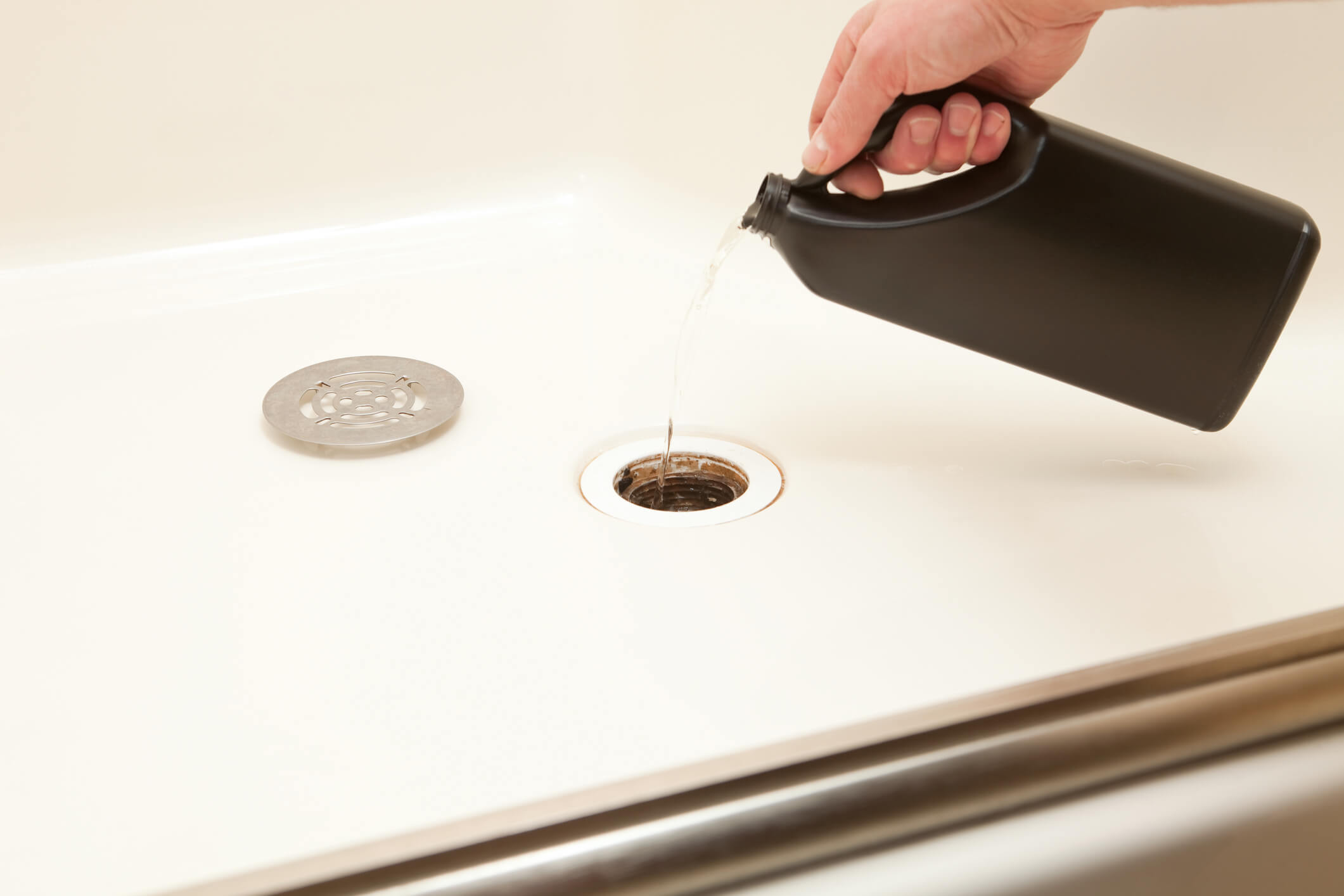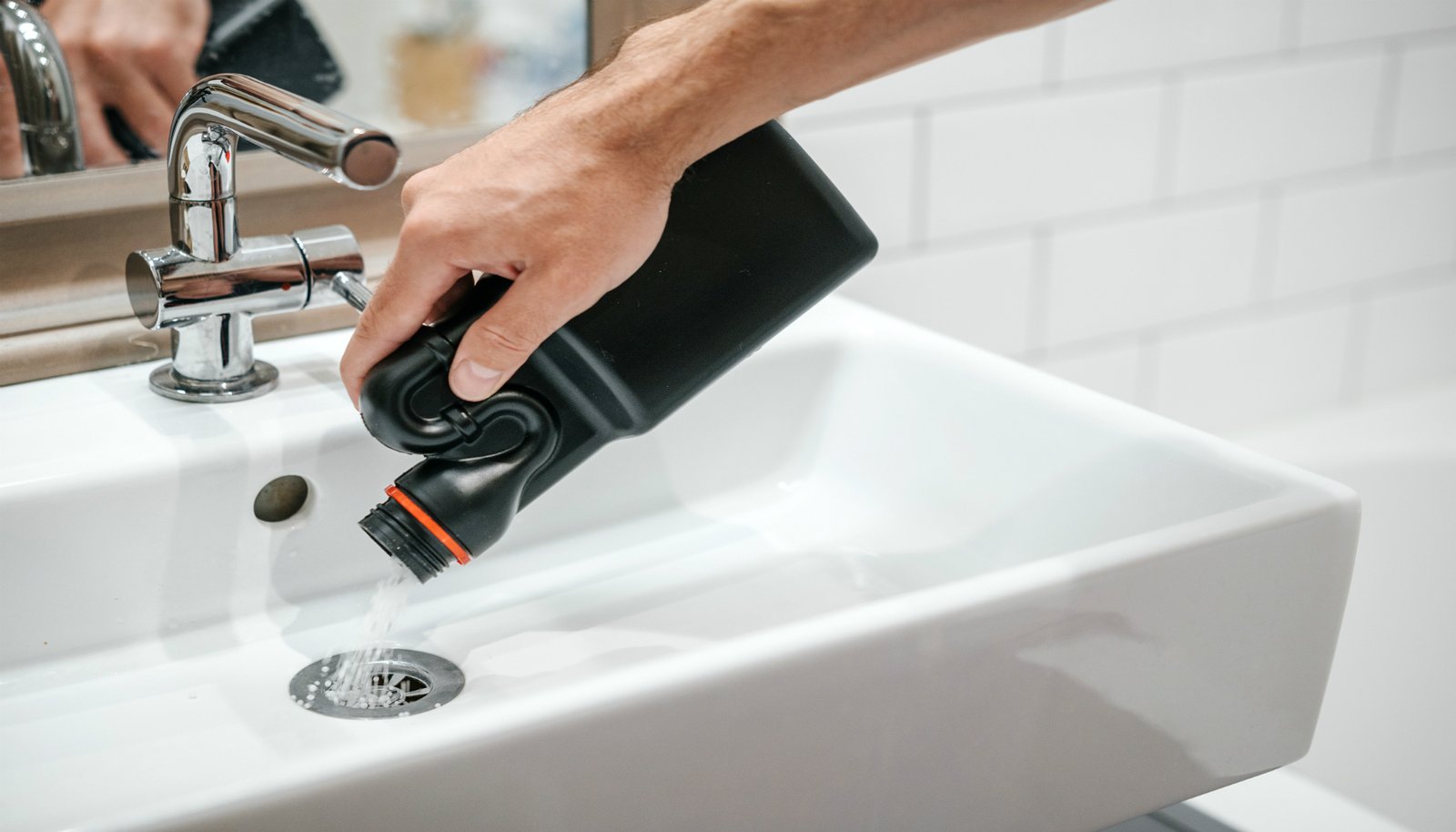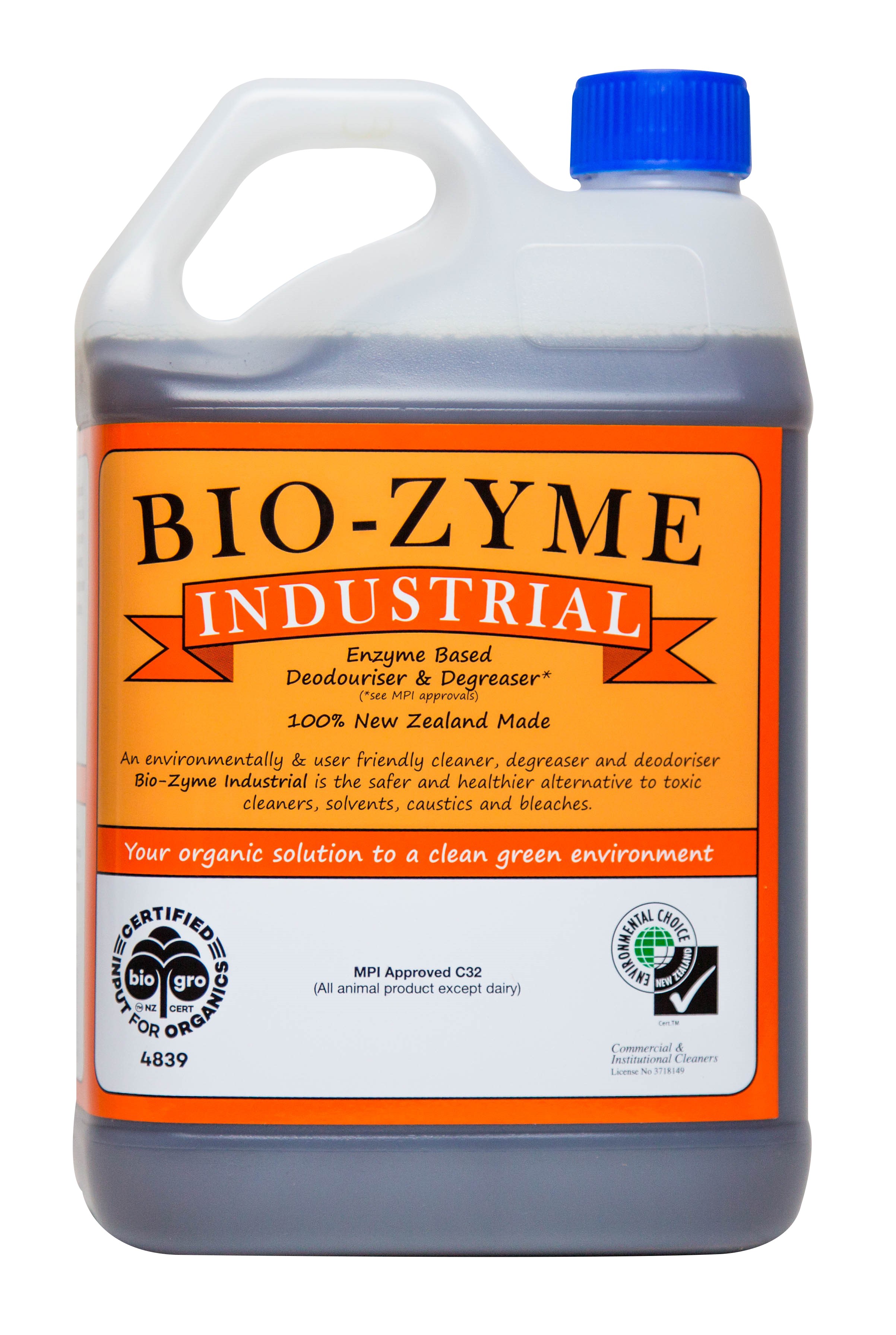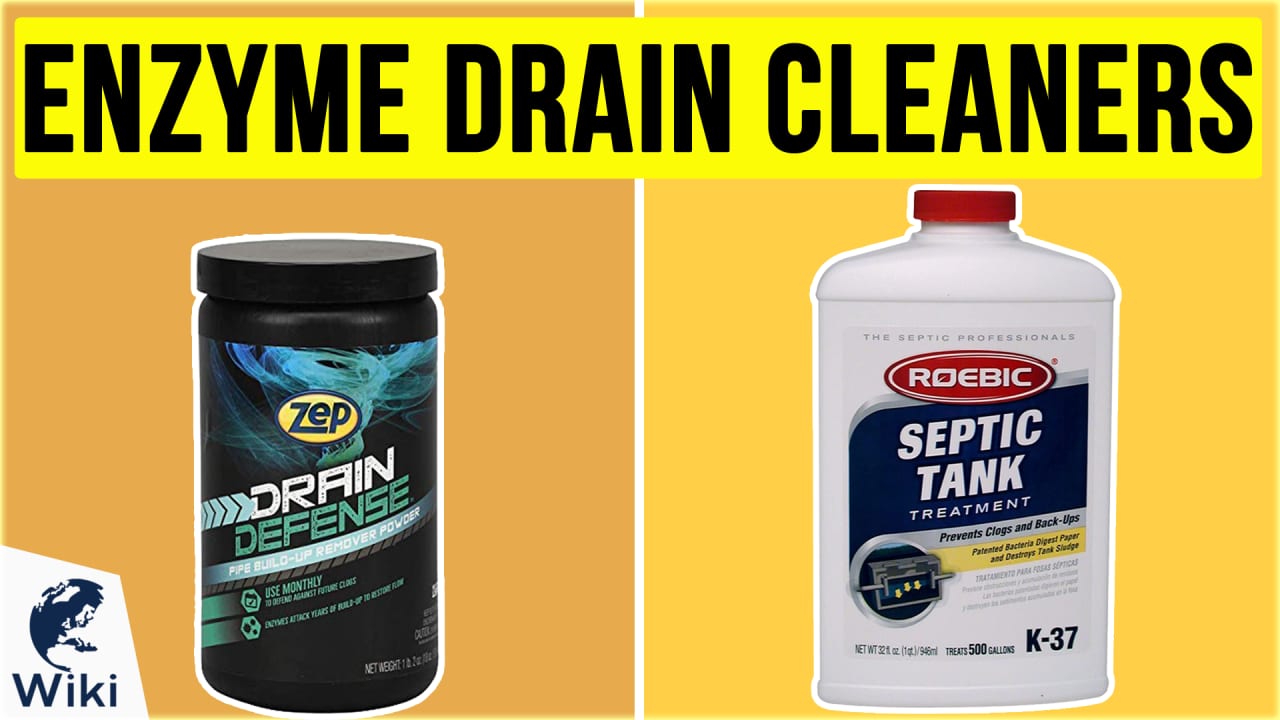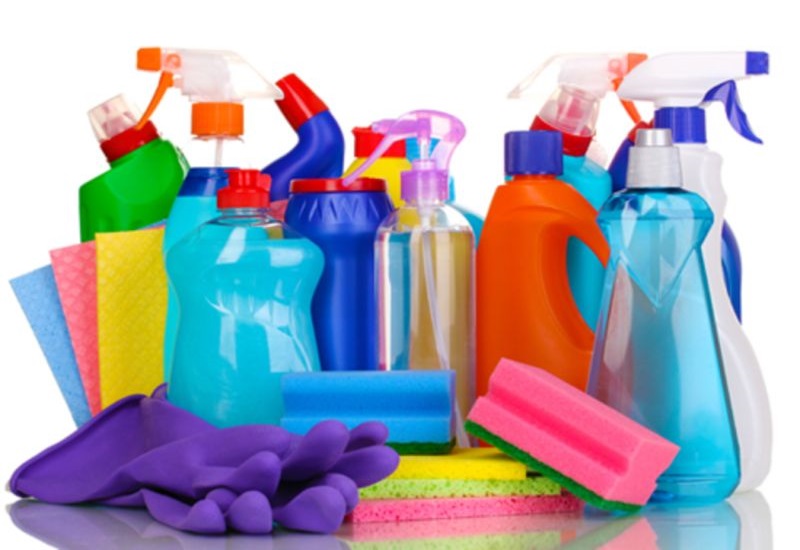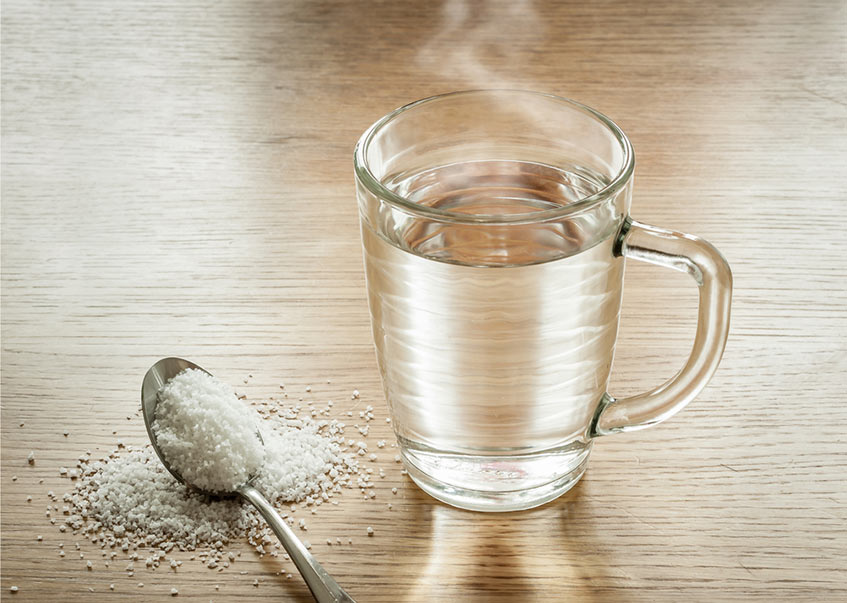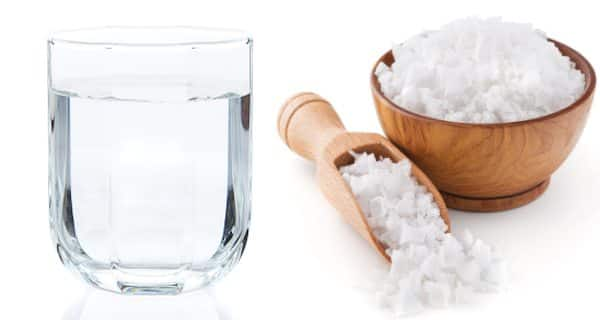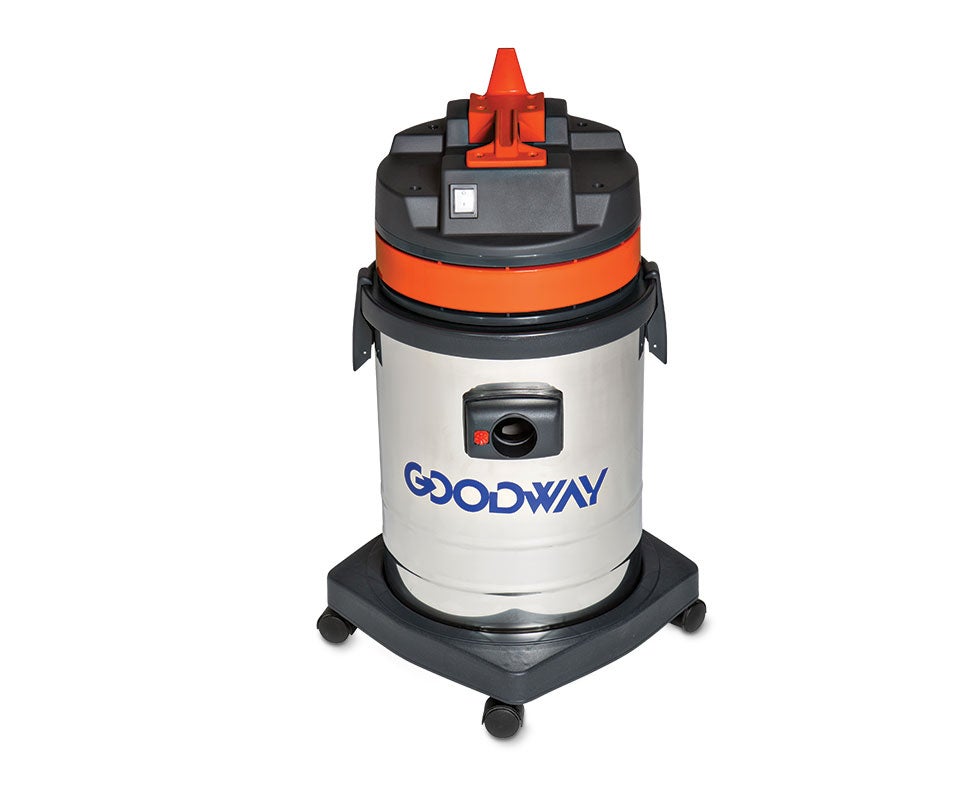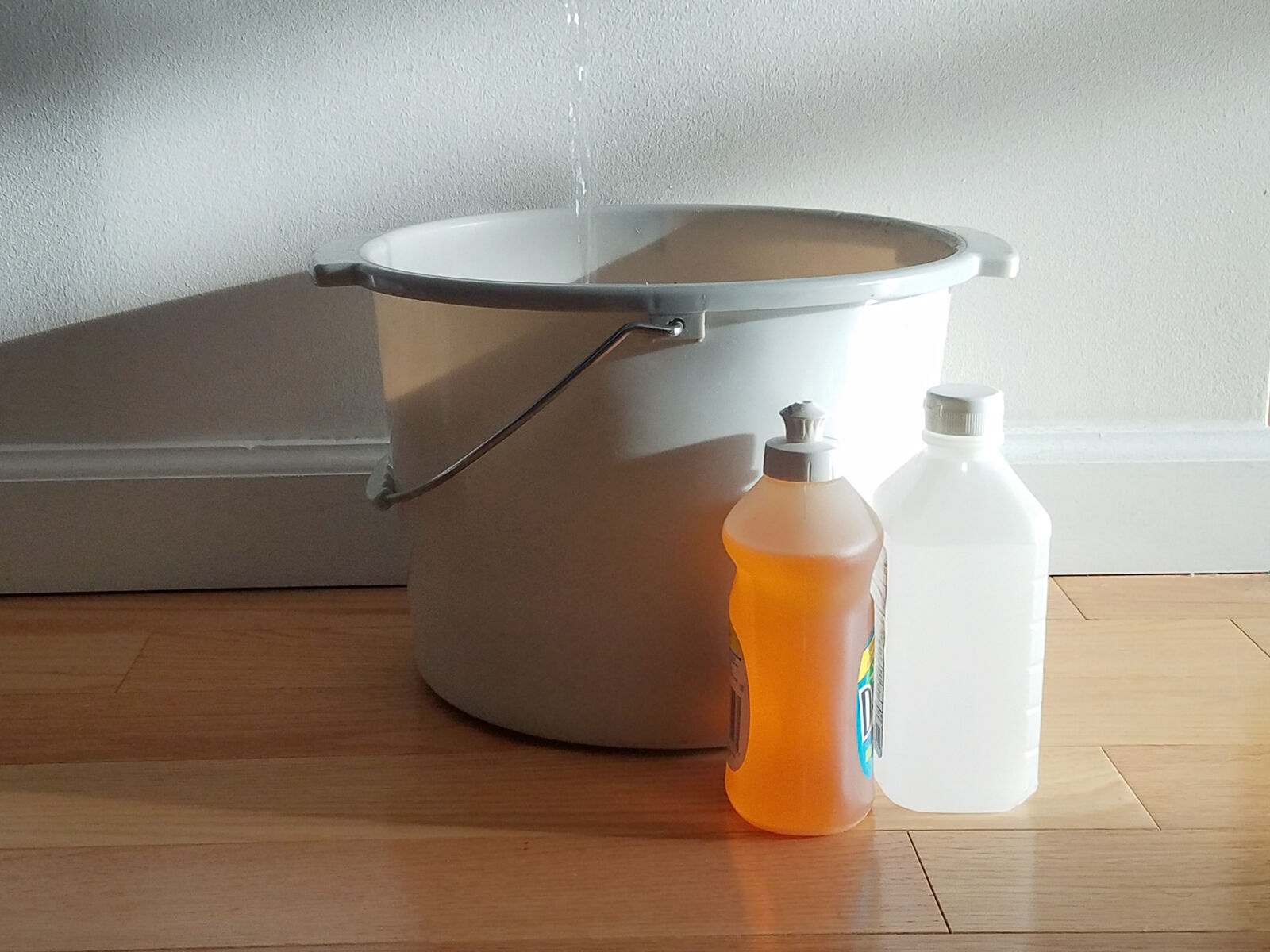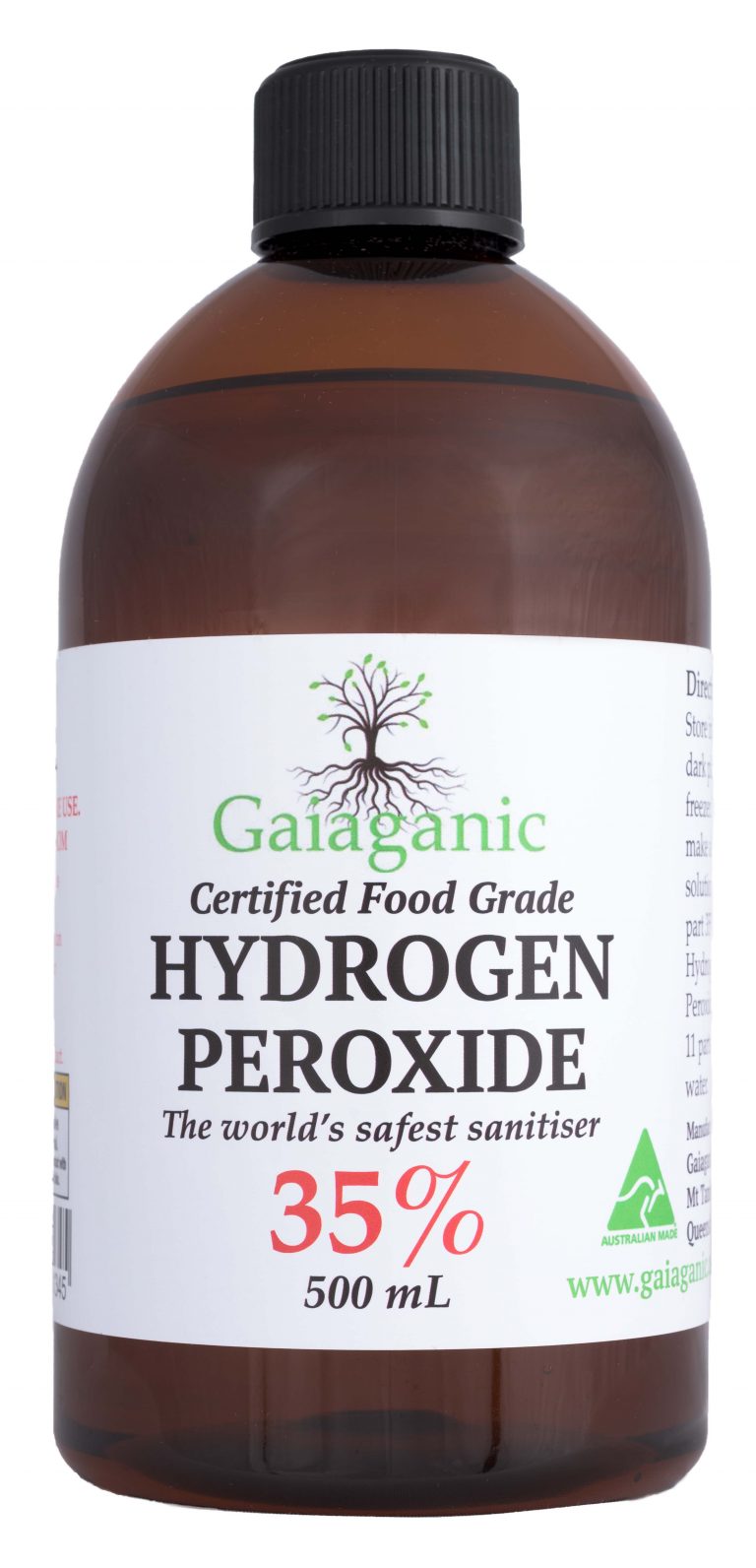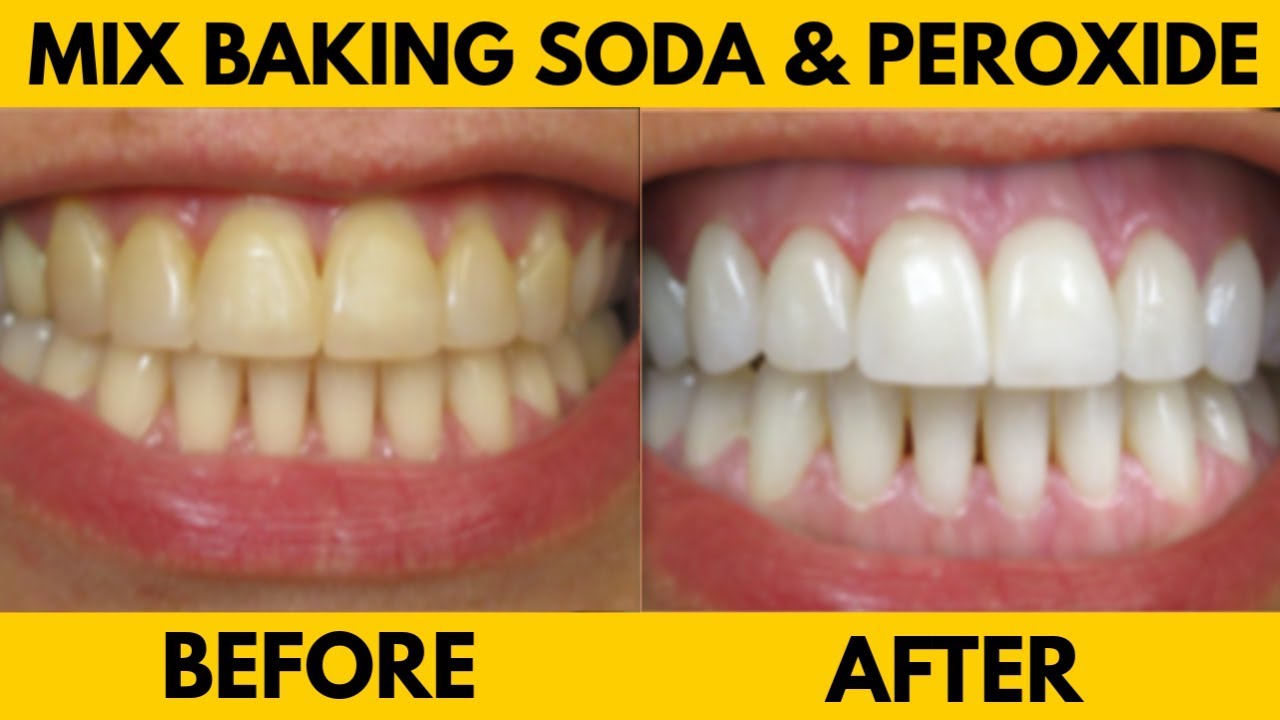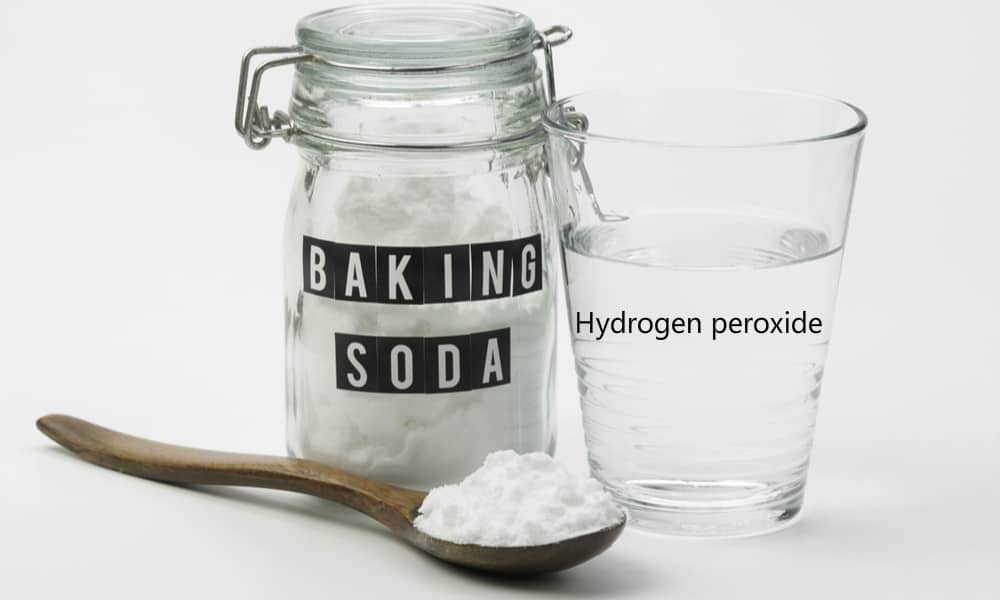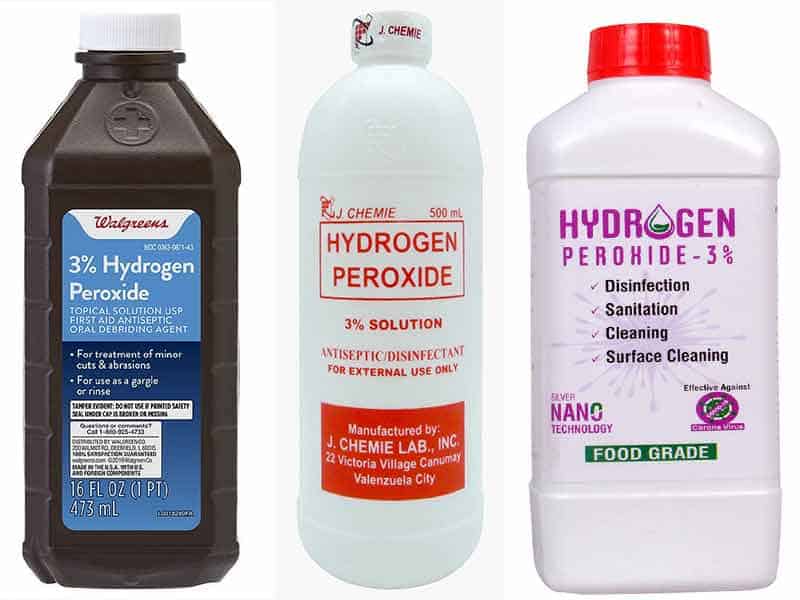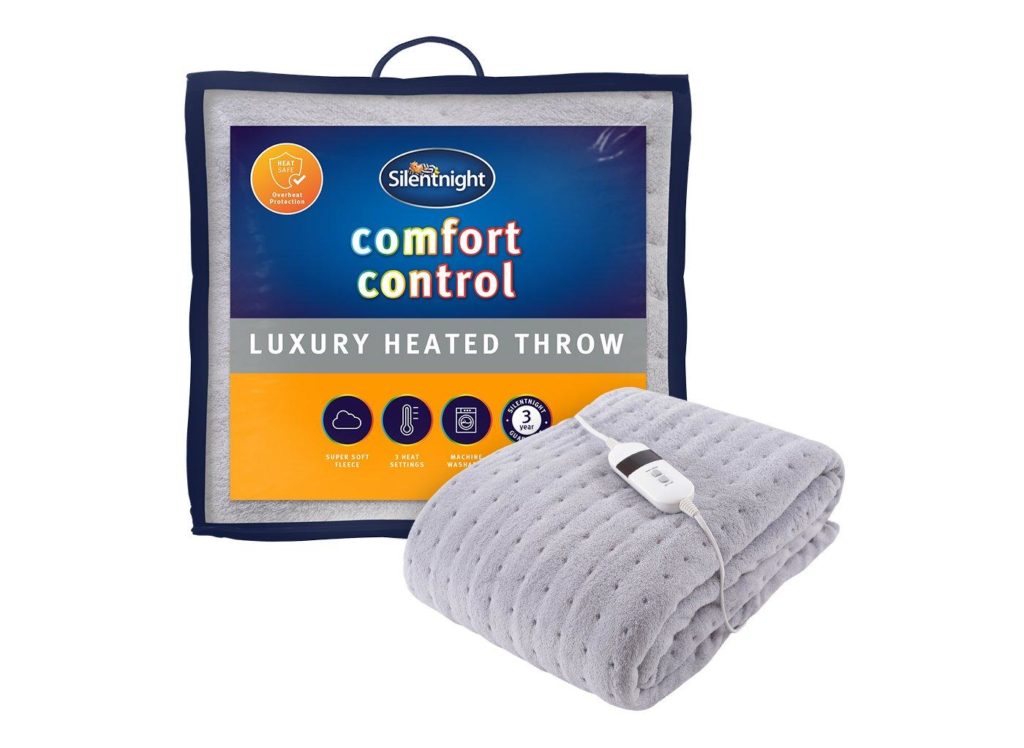1. Baking Soda and Vinegar
If you're looking for a natural and eco-friendly solution to unclog your kitchen sink, look no further than your pantry. Baking soda and vinegar are a powerful combination that can effectively break down and clear away blockages in your drain.
Baking soda is a versatile ingredient that can be found in most kitchens. It works as a mild abrasive, helping to scrub away grime and buildup in your pipes. Vinegar, on the other hand, is a natural acid that can dissolve stubborn clogs and disinfect your drain.
To use this method, start by pouring about half a cup of baking soda down the drain. Follow it up with a cup of vinegar and immediately cover the drain with a cloth or stopper to trap the fizzing action inside. Let it sit for about 30 minutes, then flush the drain with hot water. Repeat if necessary.
2. Plunger
When it comes to unclogging a kitchen sink, a plunger is a tried and tested tool that can often do the trick. This simple and inexpensive tool uses suction to dislodge and clear away blockages in your drain.
For best results, fill your sink with a few inches of water to create a seal and place the plunger over the drain. Pump up and down vigorously for about a minute, then release the plunger to see if the water starts draining. If not, repeat the process until the clog is cleared.
3. Boiling Water
If your kitchen sink is draining slowly due to a buildup of grease or soap scum, a simple solution may be to pour boiling water down the drain. This can help melt away and flush out any debris that may be causing the clog.
Boiling water is a natural and affordable option that can be used regularly to maintain the cleanliness and functionality of your drain. Just be careful not to use it on porcelain sinks as the extreme heat can cause damage.
4. Drain Snake
A drain snake, also known as a drain auger, is a long, flexible tool that can reach deep down into your pipes to break up and remove clogs. It works by rotating and grabbing onto debris, allowing you to pull it out of the drain.
When using a drain snake, be sure to follow the instructions carefully and use caution to avoid damaging your pipes. This tool is especially useful for removing tough clogs caused by hair or other solid objects.
5. Chemical Drain Cleaner
If you have a stubborn clog that just won't budge, a chemical drain cleaner may be your last resort. These products use strong chemicals to dissolve and break down the clog, allowing it to be flushed away.
When using a chemical drain cleaner, be sure to follow the instructions carefully and take proper safety precautions. These products can be harmful if not used correctly, and they may also damage older pipes.
6. Enzyme-Based Cleaner
An enzyme-based cleaner is a more natural and less harsh alternative to chemical drain cleaners. These products use enzymes to break down organic materials in your pipes, making them a safe and effective option for regular maintenance.
Enzyme-based cleaners are also environmentally friendly and can help prevent future clogs by breaking down buildup in your pipes. They may take longer to work compared to chemical cleaners, but they are a gentler and safer option for your plumbing system.
7. Salt and Hot Water
If you don't have baking soda or vinegar on hand, you can try using salt and hot water to clear a clogged kitchen sink. Salt acts as a natural abrasive, while the hot water helps to dissolve and flush away debris.
To use this method, mix half a cup of salt with a pot of hot water. Pour it down the drain and let it sit for a few minutes before flushing with more hot water. Repeat if necessary.
8. Wet/Dry Vacuum
If you have a wet/dry vacuum, you can use it to help clear a clogged kitchen sink. This powerful tool can create suction to dislodge and remove debris from your pipes.
First, set the vacuum to the wet setting and cover the vent with a cloth to create a seal. Place the hose over the drain and turn on the vacuum to create suction. Once you feel the clog being pulled out, turn off the vacuum and dispose of the debris.
9. Dish Soap and Hot Water
Another simple and affordable solution for unclogging a kitchen sink is using dish soap and hot water. Dish soap can help break down grease and grime, while the hot water can flush out the debris.
To use this method, squirt a generous amount of dish soap down the drain and follow it up with hot water. Let it sit for a few minutes before flushing with more hot water. This method may need to be repeated a few times for tough clogs.
10. Hydrogen Peroxide and Baking Soda
For a more powerful combination, you can mix hydrogen peroxide and baking soda to unclog your kitchen sink. Hydrogen peroxide is a strong disinfectant, while baking soda helps to break down and loosen clogs.
Mix equal parts of hydrogen peroxide and baking soda to create a paste. Apply it to the drain and let it sit for about 30 minutes before flushing with hot water. This method can help remove stubborn clogs and also disinfect your drain.
In conclusion, there are many natural and chemical options for unclogging a kitchen sink. It's always best to start with the gentlest methods and work your way up to more aggressive solutions if needed. Regular maintenance and prevention can also help keep your kitchen sink drain running smoothly. If you have a persistent clog that cannot be cleared with these methods, it may be time to call a professional plumber for help.
The Importance of Proper Drain Maintenance in Your Kitchen

Why Drain Cleaners are Essential for Your Kitchen Sink
 When it comes to designing your dream kitchen, the focus is often on aesthetics and functionality. However, one crucial aspect that is often overlooked is proper drain maintenance. Having a clogged or slow-draining kitchen sink can not only be a major inconvenience but also lead to costly repairs. This is where drain cleaners come in to save the day.
Drain cleaners
are specially formulated products that are designed to break down and remove clogs in your kitchen sink. They work by using powerful chemicals to dissolve any buildup of food, grease, or other debris that may be causing the blockage. Regular use of drain cleaners can help to prevent clogs from forming, keeping your kitchen sink running smoothly.
When it comes to designing your dream kitchen, the focus is often on aesthetics and functionality. However, one crucial aspect that is often overlooked is proper drain maintenance. Having a clogged or slow-draining kitchen sink can not only be a major inconvenience but also lead to costly repairs. This is where drain cleaners come in to save the day.
Drain cleaners
are specially formulated products that are designed to break down and remove clogs in your kitchen sink. They work by using powerful chemicals to dissolve any buildup of food, grease, or other debris that may be causing the blockage. Regular use of drain cleaners can help to prevent clogs from forming, keeping your kitchen sink running smoothly.
Benefits of Using Drain Cleaners
 Using
drain cleaners
in your kitchen sink has numerous benefits that can help to maintain the overall design and functionality of your space. Firstly, they are highly effective in removing even the toughest clogs, preventing the need for costly plumbing services. This not only saves you money but also avoids any potential damage to your pipes.
Moreover, regular use of drain cleaners can help to eliminate unpleasant odors in your kitchen sink. Food particles and other debris can quickly build up and produce foul smells, which can be a major turnoff for anyone using your kitchen. By keeping your drains clean and clear, you can ensure a fresh and inviting atmosphere in your kitchen.
Using
drain cleaners
in your kitchen sink has numerous benefits that can help to maintain the overall design and functionality of your space. Firstly, they are highly effective in removing even the toughest clogs, preventing the need for costly plumbing services. This not only saves you money but also avoids any potential damage to your pipes.
Moreover, regular use of drain cleaners can help to eliminate unpleasant odors in your kitchen sink. Food particles and other debris can quickly build up and produce foul smells, which can be a major turnoff for anyone using your kitchen. By keeping your drains clean and clear, you can ensure a fresh and inviting atmosphere in your kitchen.
Preventative Maintenance for Your Kitchen Sink
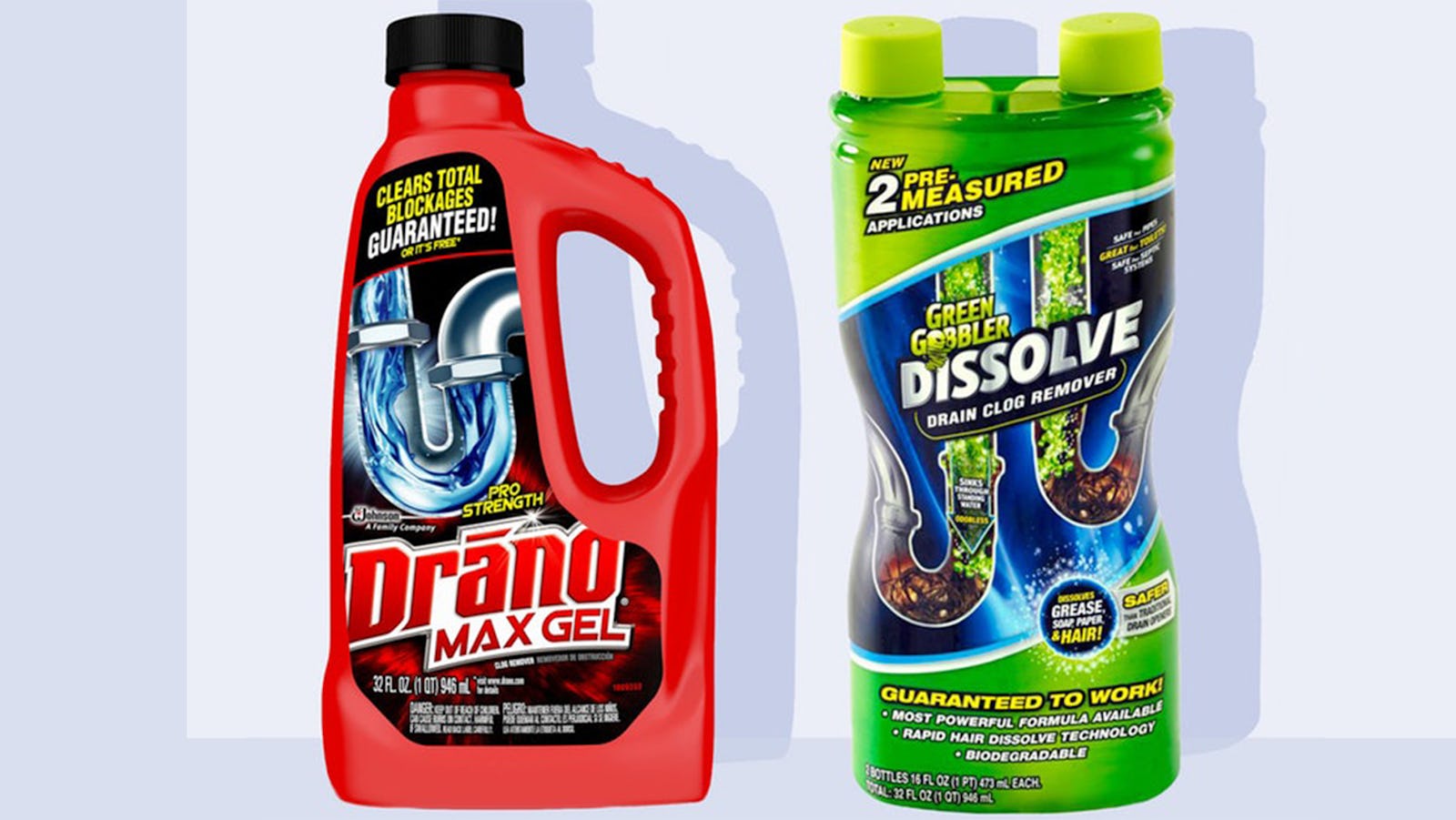 In addition to using
drain cleaners
, there are other preventative measures you can take to keep your kitchen sink in top shape. Avoid pouring grease, oils, and fats down the drain as they can solidify and cause clogs. Use a drain strainer to catch any food particles and regularly clean it out to prevent buildup.
It is also recommended to run hot water down your kitchen sink after each use to help flush out any remaining debris. This simple step can go a long way in preventing clogs and keeping your drain clean and clear.
In conclusion, proper drain maintenance is a crucial aspect of maintaining a functional and aesthetically pleasing kitchen. By incorporating
drain cleaners
into your regular cleaning routine, you can ensure that your kitchen sink remains free of clogs and unpleasant odors. Remember to follow preventative measures and conduct regular maintenance to keep your kitchen looking its best.
In addition to using
drain cleaners
, there are other preventative measures you can take to keep your kitchen sink in top shape. Avoid pouring grease, oils, and fats down the drain as they can solidify and cause clogs. Use a drain strainer to catch any food particles and regularly clean it out to prevent buildup.
It is also recommended to run hot water down your kitchen sink after each use to help flush out any remaining debris. This simple step can go a long way in preventing clogs and keeping your drain clean and clear.
In conclusion, proper drain maintenance is a crucial aspect of maintaining a functional and aesthetically pleasing kitchen. By incorporating
drain cleaners
into your regular cleaning routine, you can ensure that your kitchen sink remains free of clogs and unpleasant odors. Remember to follow preventative measures and conduct regular maintenance to keep your kitchen looking its best.

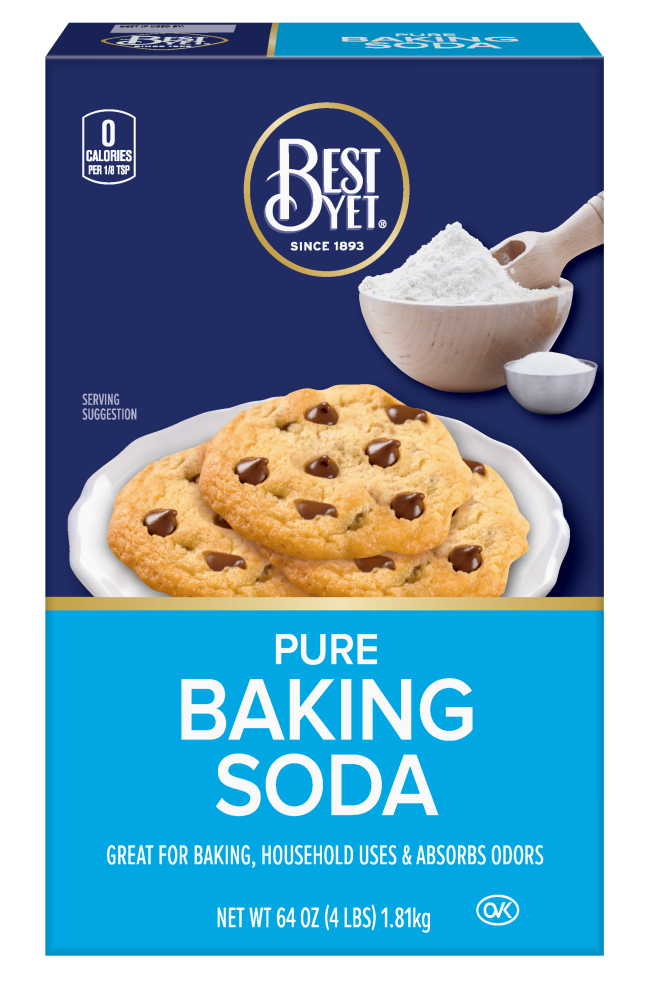


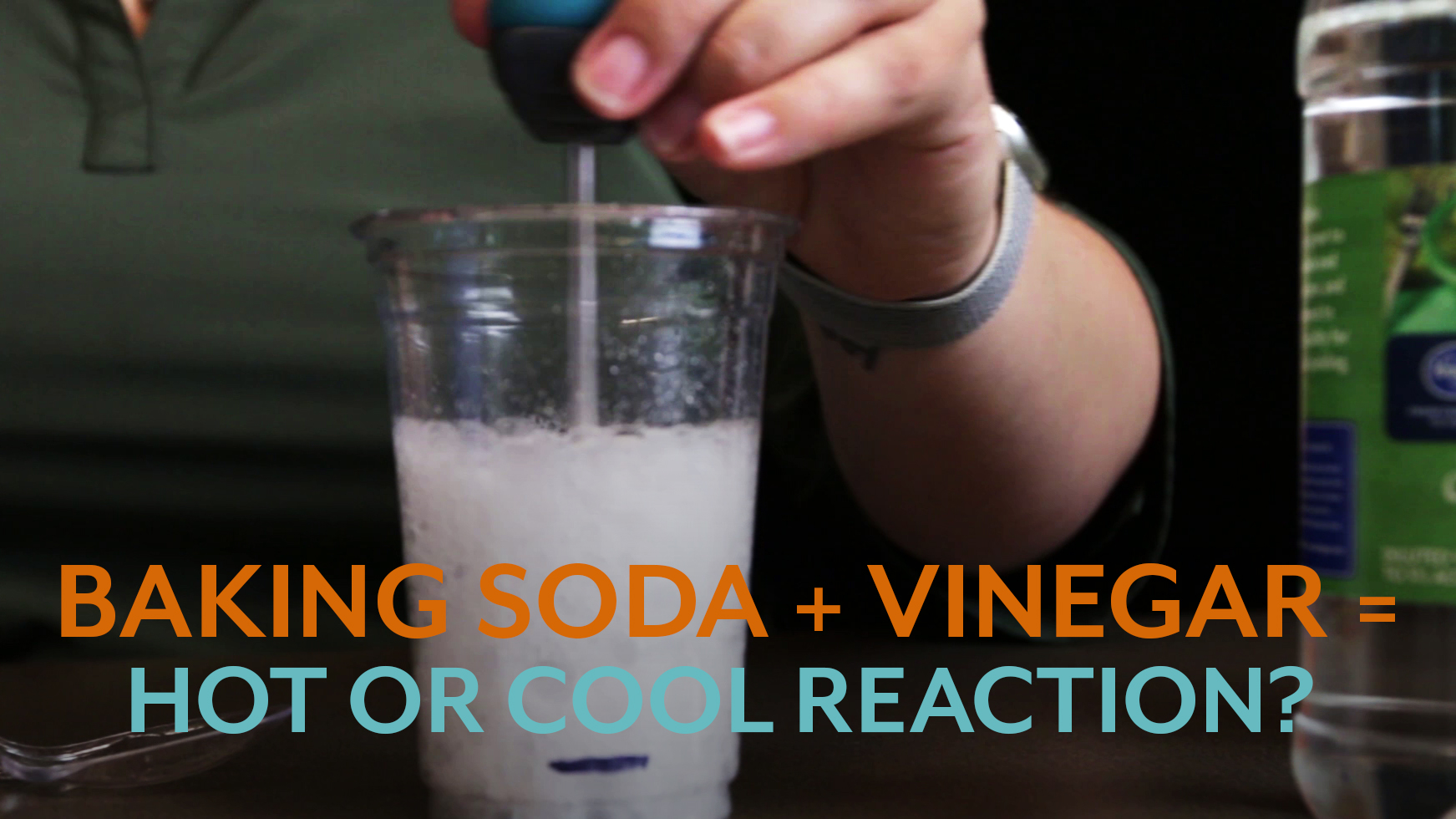

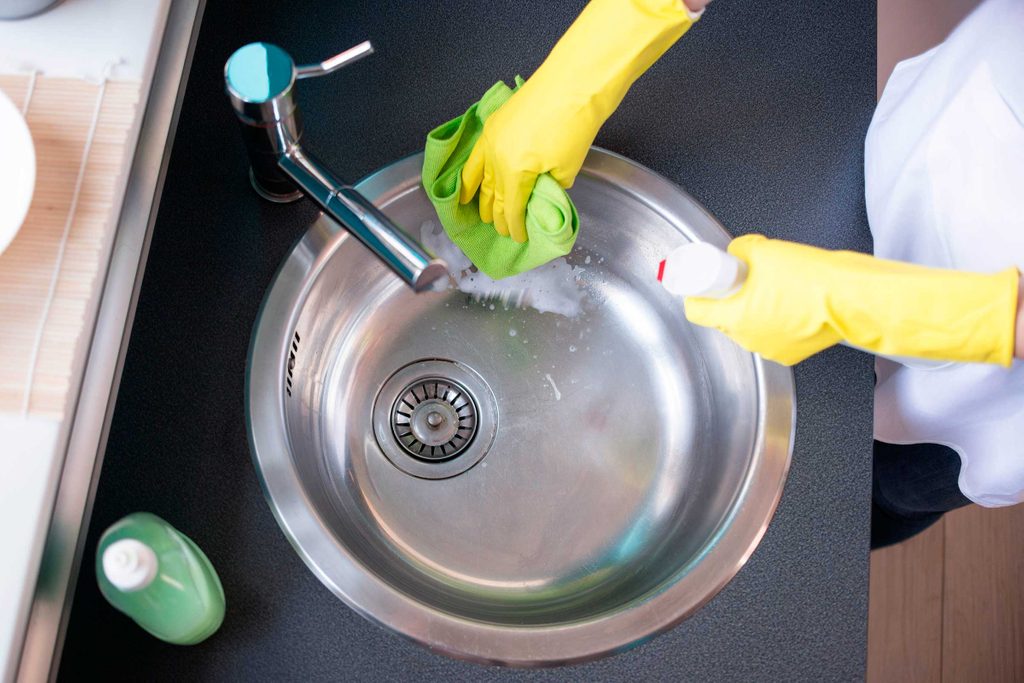


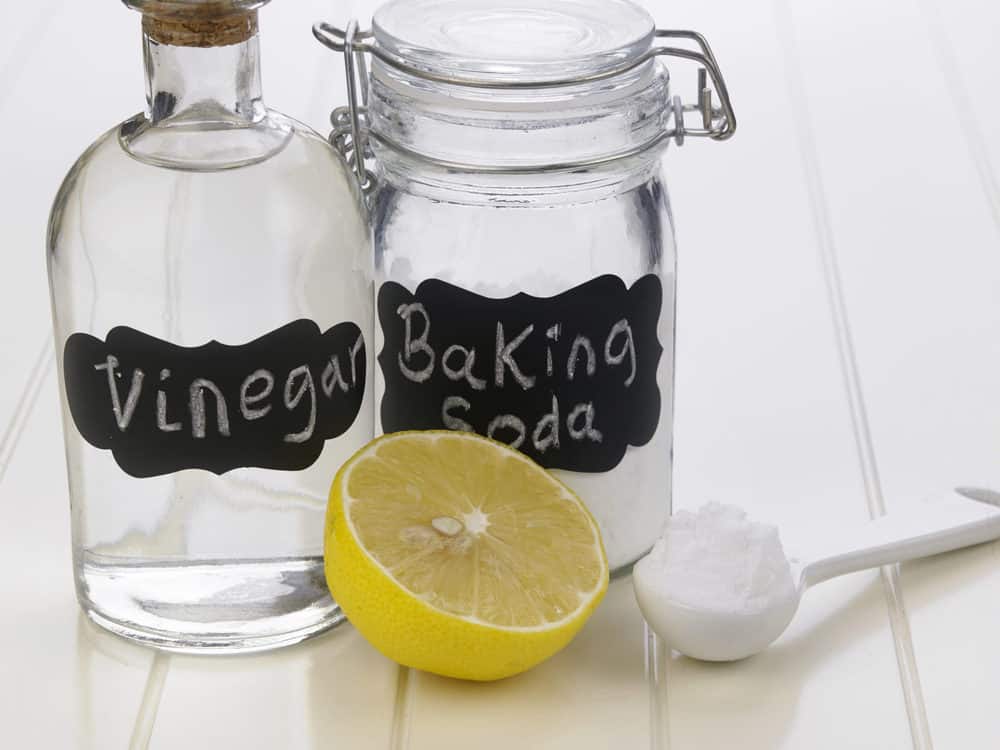
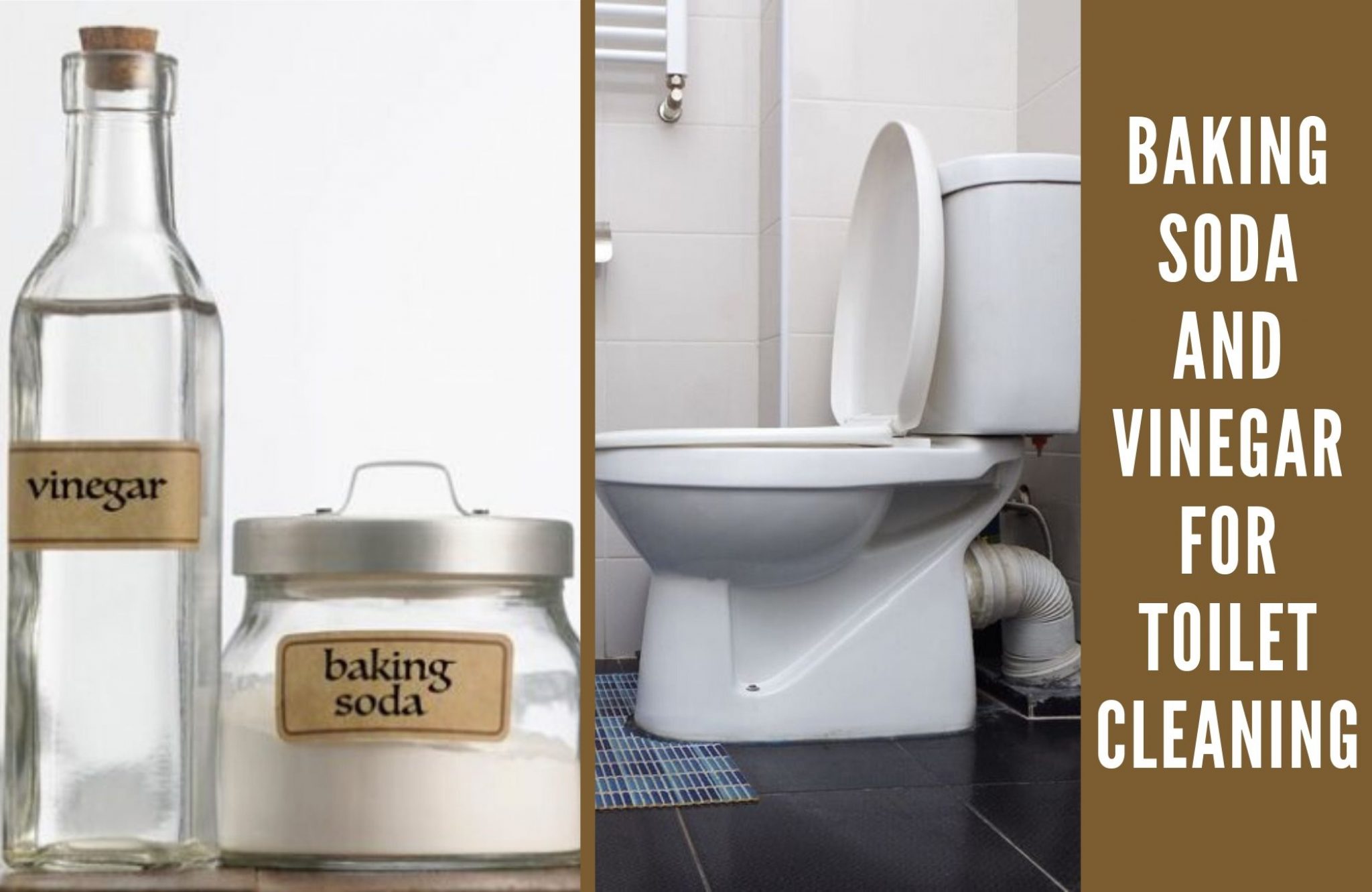


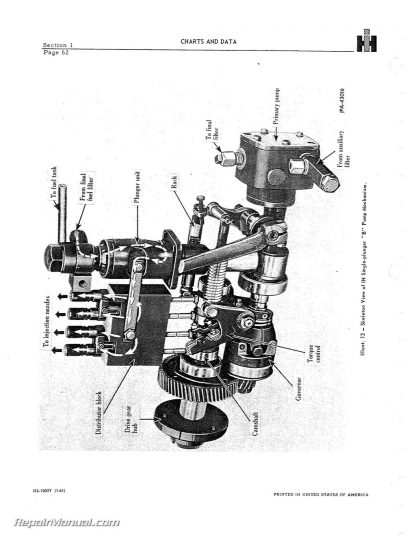


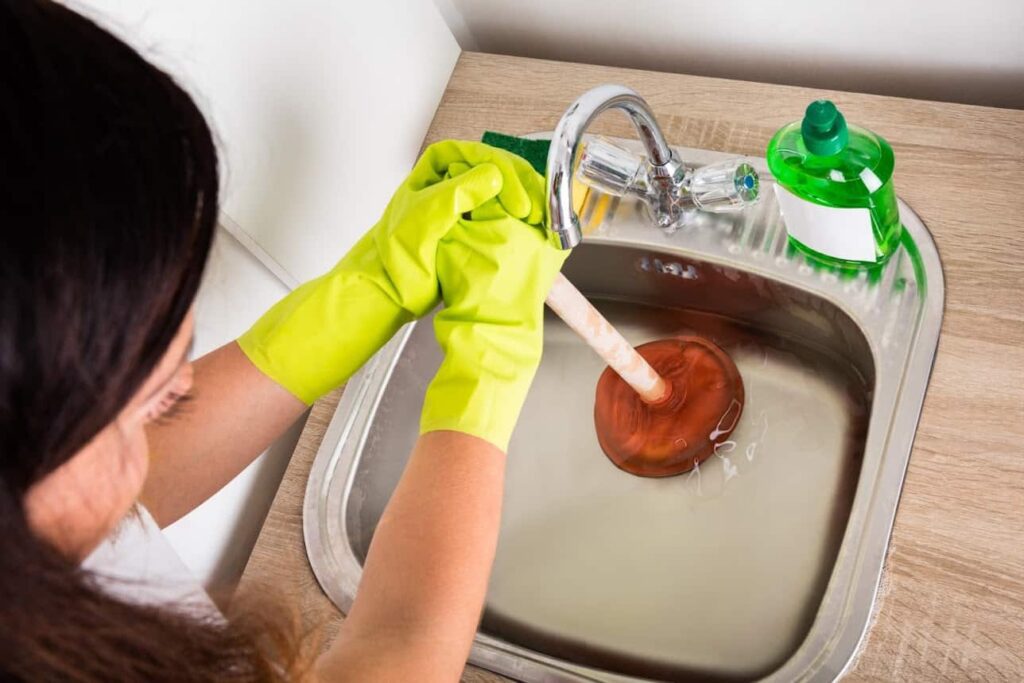




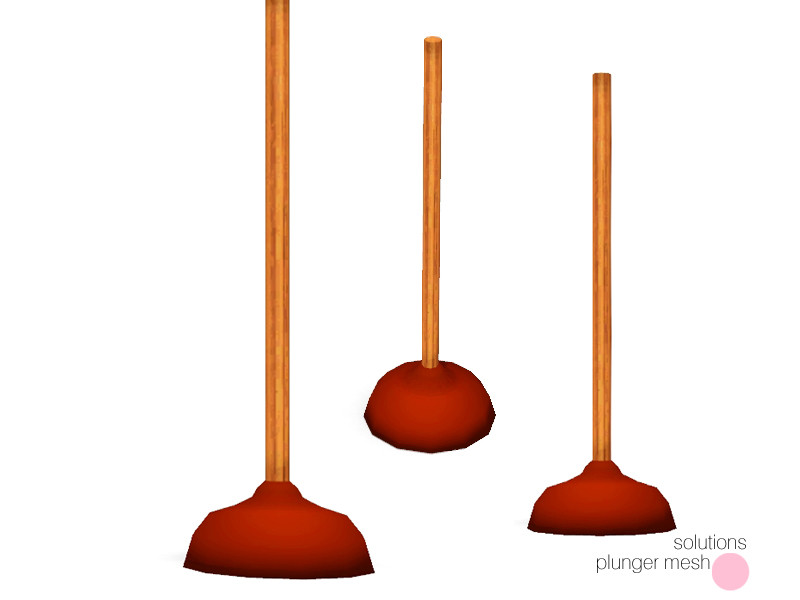





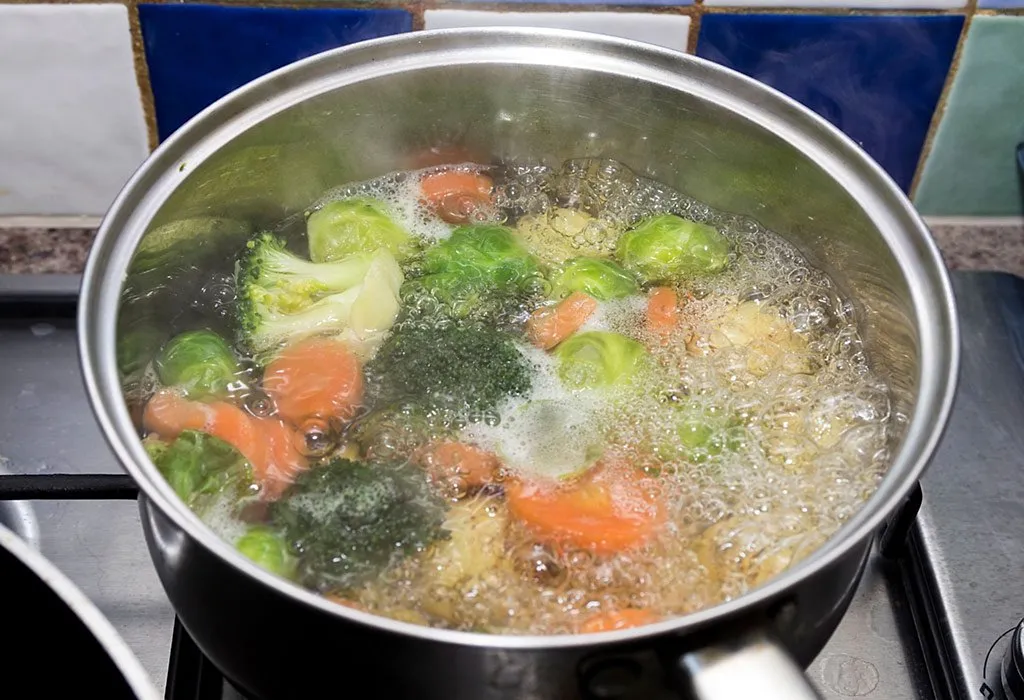
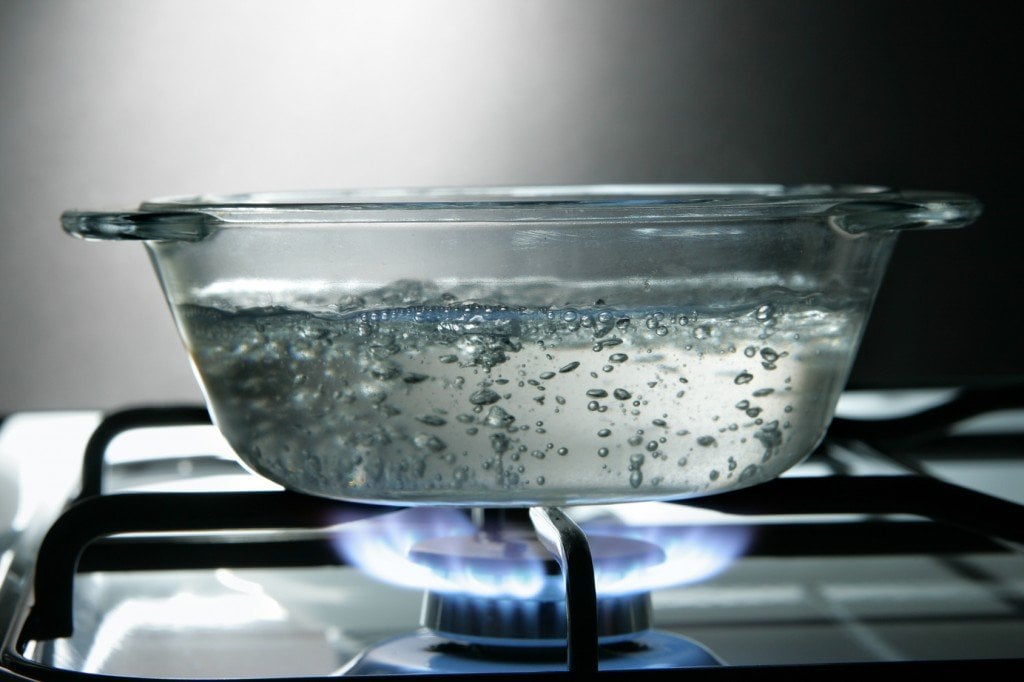



/boiling-water-on-gas-stove-143735234-5790aeb35f9b584d2005e949.jpg)

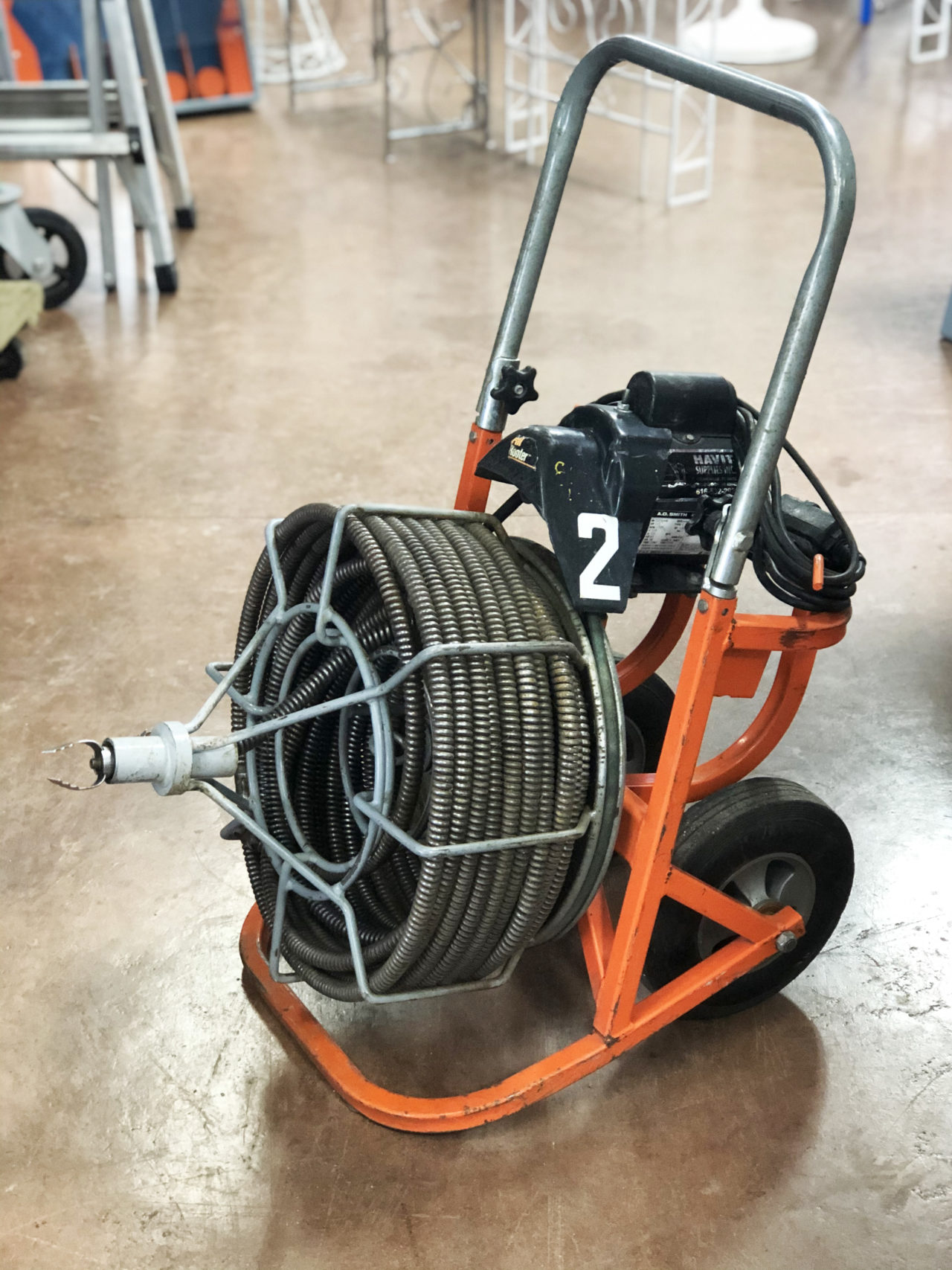



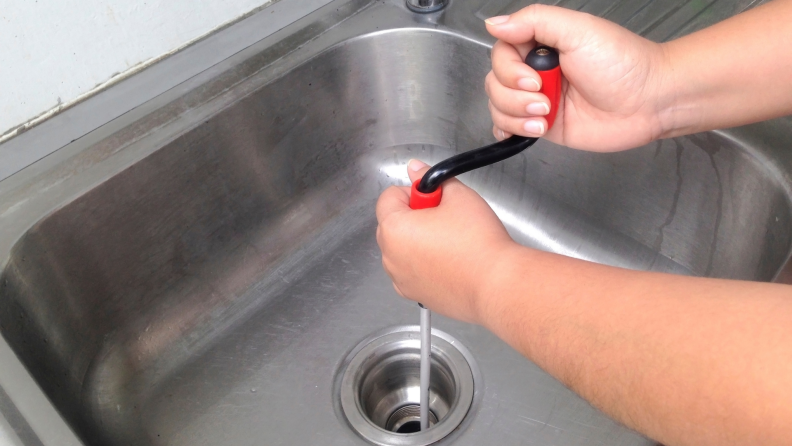



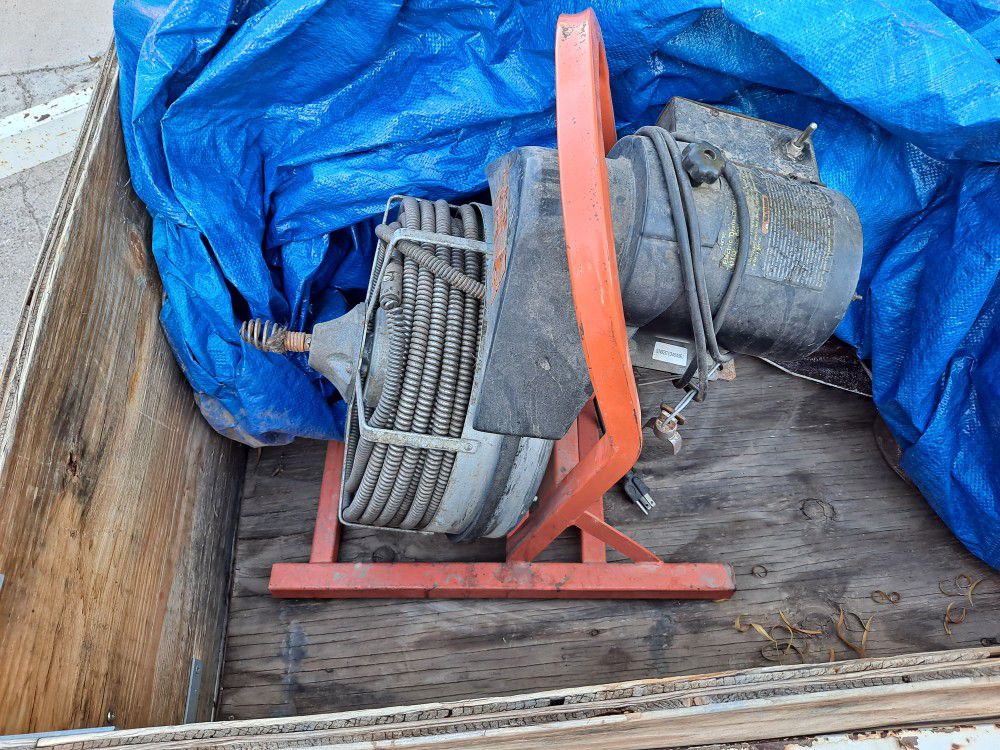









:max_bytes(150000):strip_icc()/SPR-HOME-v2-8-best-drain-openers-4177167-8e4b5c1d411f4b888b7b67f53252aa86.jpg)
